When you think of environmental superheroes, capybaras might not be the first creatures that come to mind. But these gentle giants—native to South America—play a surprisingly vital role in their ecosystems. From shaping landscapes to supporting biodiversity, capybaras are more than just the world’s largest rodents. They’re environmental engineers, seed dispersers, and even climate change mitigators. Let’s dive into how these fascinating animals contribute to the planet and why they deserve our attention.
The Capybara: Nature’s Ecosystem Engineer
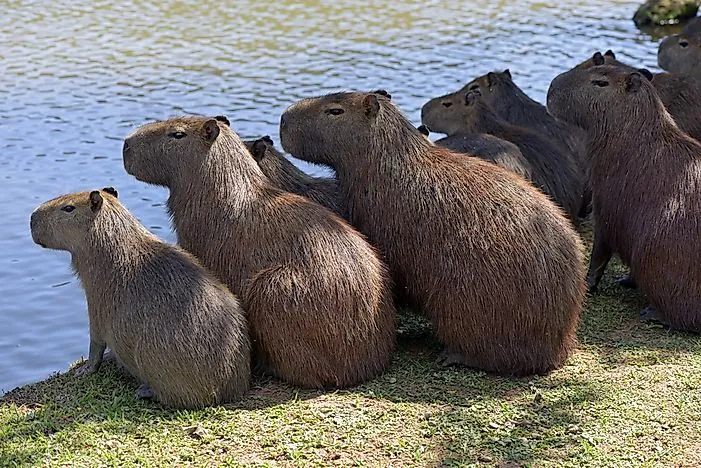
Capybaras are semi-aquatic mammals that thrive in wetlands, rivers, and grasslands across South America. Their unique lifestyle and behaviors make them key players in maintaining ecological balance. Here’s how they do it:
1. Grazing and Vegetation Control
Capybaras are herbivores, munching on grasses, aquatic plants, and even tree bark. Their grazing habits help control plant overgrowth, which can otherwise lead to habitat imbalances. For example, in the Pantanal wetlands, capybaras create pathways through dense vegetation, altering water flow and creating new habitats for other species.
- Why it matters: Overgrazing can sometimes lead to soil erosion, but in balanced ecosystems, capybaras help maintain plant diversity and prevent monocultures.
2. Seed Dispersal and Plant Growth
As capybaras move through their habitats, they inadvertently disperse seeds through their droppings. This process, known as endozoochory, helps regenerate plant life and promotes biodiversity.
- Fun fact: Some plants rely exclusively on animals like capybaras to spread their seeds, ensuring their survival.
Capybaras and Biodiversity: A Balancing Act
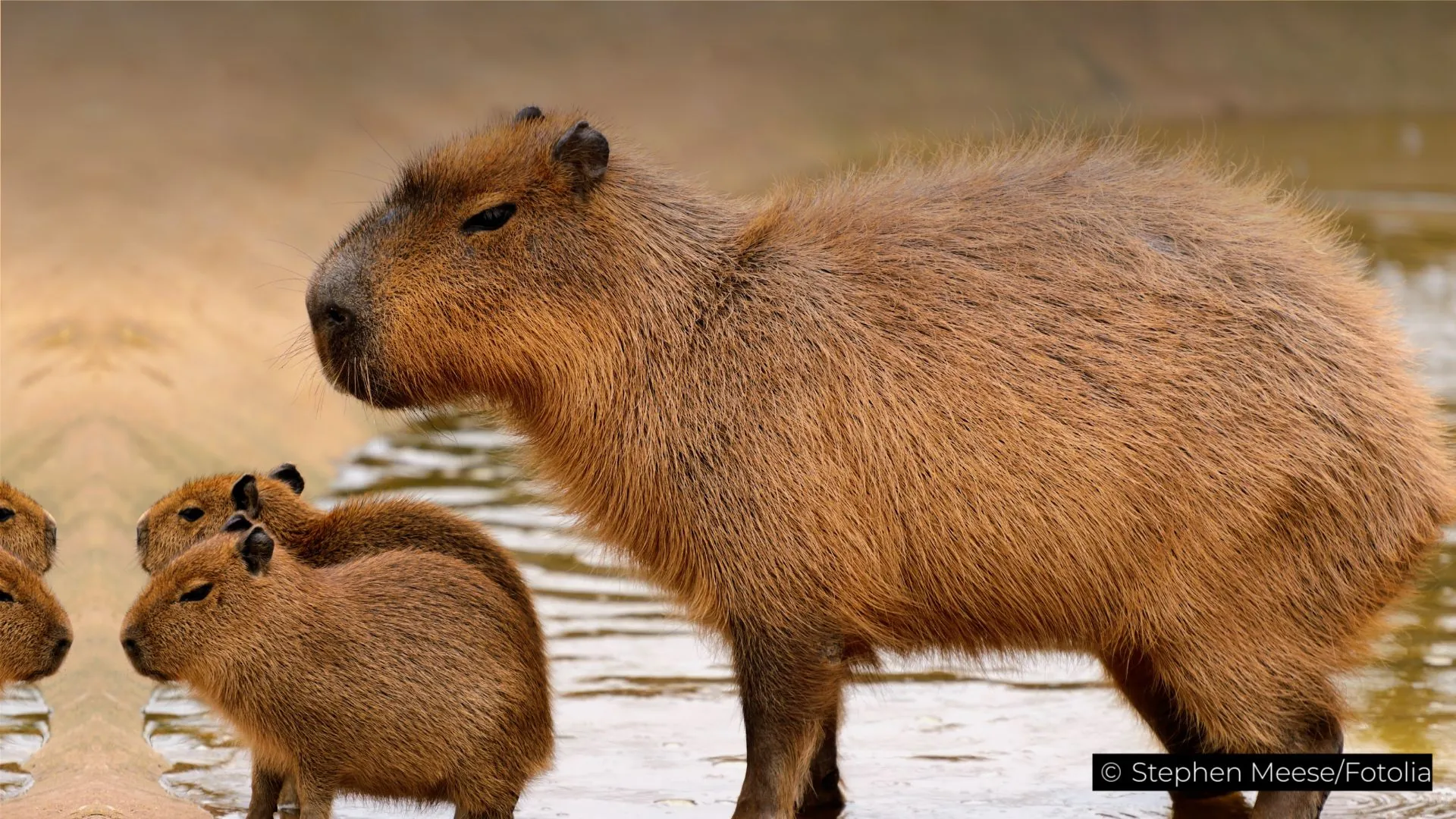
Capybaras are a keystone species, meaning their presence (or absence) significantly impacts their ecosystem. Here’s how they support biodiversity:
1. Supporting Predators
Capybaras are a primary food source for predators like jaguars, anacondas, and caimans. By sustaining these predators, capybaras help maintain the delicate balance of the food chain.
2. Creating Microhabitats
Their burrowing and grazing activities create microhabitats for smaller animals and insects. For instance, the paths they carve through wetlands can become breeding grounds for fish and amphibians.
The Environmental Challenges Capybaras Face
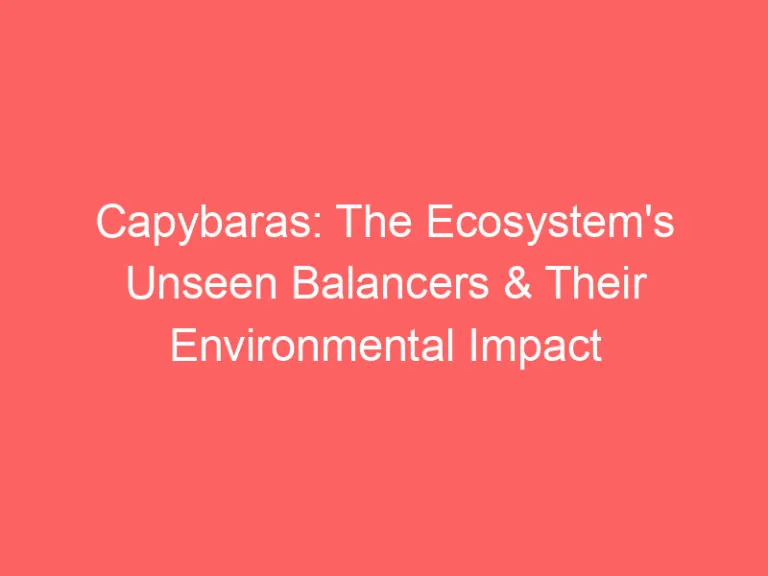
While capybaras are environmental champions, they’re not immune to the threats posed by human activity and climate change.
1. Habitat Loss
Urbanization, agriculture, and deforestation have fragmented capybara habitats. In some regions, nearly 40% of their natural habitat has been lost in the past decade.
- Impact: Habitat loss forces capybaras into human-dominated areas, leading to conflicts with farmers and increased road accidents.
2. Pollution and Climate Change
Water pollution from agricultural runoff and industrial waste affects the quality of capybara habitats. Additionally, climate change disrupts their food and water sources, making survival more challenging.
How Capybaras Help Fight Climate Change
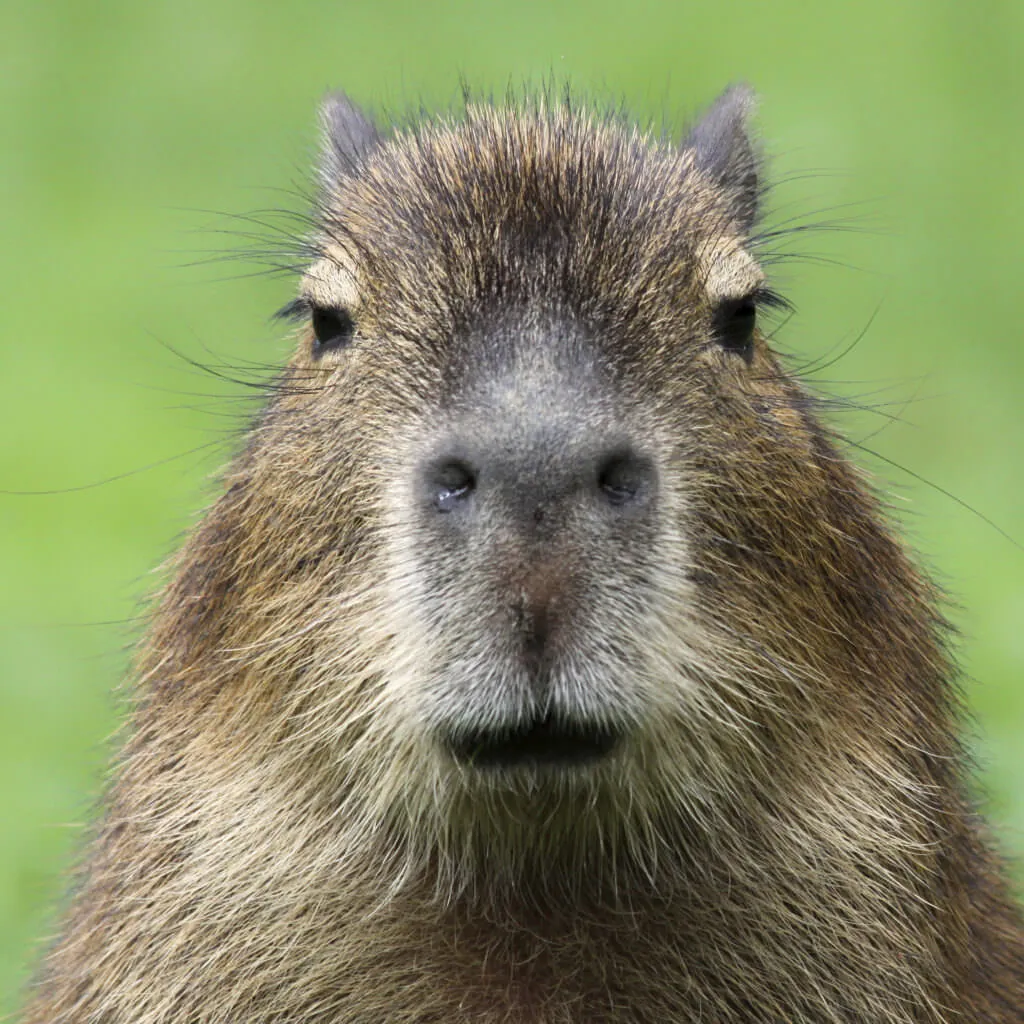
Believe it or not, capybaras contribute to climate change mitigation in subtle but significant ways.
1. Carbon Sequestration
By promoting plant growth through seed dispersal and grazing, capybaras indirectly support carbon sequestration. Healthy wetlands and grasslands act as carbon sinks, absorbing CO2 from the atmosphere.
2. Wetland Preservation
Capybaras thrive in wetlands, which are crucial for flood control and water purification. Their presence helps maintain these ecosystems, which are vital for combating climate change.
Conservation Efforts: Protecting Capybaras and Their Habitats
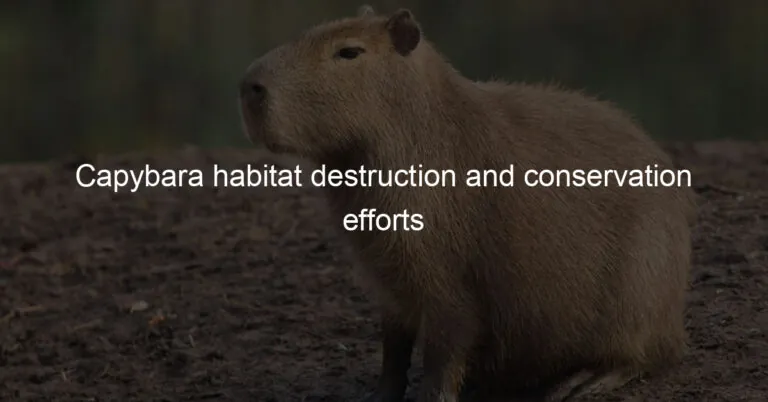
Conserving capybaras isn’t just about saving a single species—it’s about preserving entire ecosystems. Here’s what’s being done:
1. Government and NGO Initiatives
- Legislation: Many South American countries have implemented laws to protect capybaras from hunting and habitat destruction.
- Habitat Restoration: Projects like the Capybara Conservation Initiative in Brazil focus on restoring wetlands and creating protected areas.
2. Community Involvement
Local communities play a crucial role in capybara conservation. Programs like “Capybara Watch” encourage residents to monitor populations and report threats.
FAQs About Capybaras and the Environment
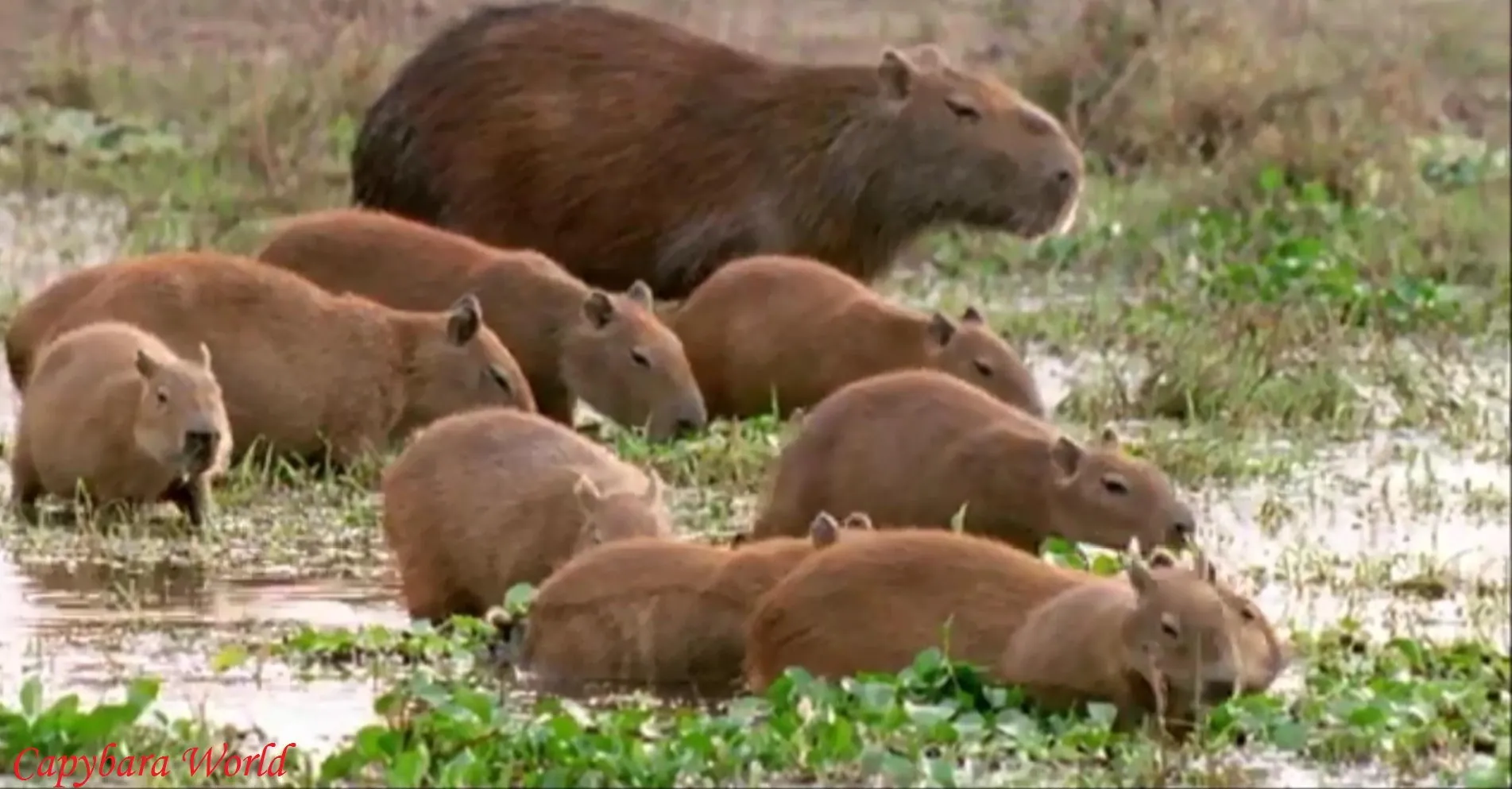
1. Why are capybaras important to the environment?
Capybaras help control vegetation, disperse seeds, and support predators, making them essential for ecosystem balance.
2. How do capybaras affect biodiversity?
By creating microhabitats and serving as prey, capybaras support a wide range of species, from insects to large predators.
3. What threats do capybaras face?
Habitat loss, pollution, and climate change are the primary threats to capybara populations.
4. How can we help protect capybaras?
Supporting conservation initiatives, reducing pollution, and advocating for sustainable land use are key steps.
Final Thoughts: Why Capybaras Matter
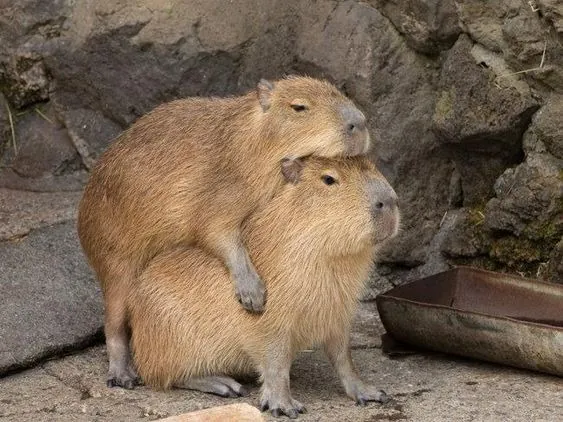
Capybaras are more than just adorable creatures—they’re environmental powerhouses. From shaping landscapes to supporting biodiversity, their contributions are invaluable. But with habitat loss and climate change looming, it’s up to us to ensure their survival. By protecting capybaras, we’re not just saving a species; we’re preserving the health of our planet.
So, the next time you see a capybara lounging by the water, remember: they’re doing their part for the environment. Are we doing ours?
Keywords: capybara environmental impact, capybara ecosystem role, capybara conservation, capybara biodiversity, capybara habitat, capybara climate change.
LSI Keywords: semi-aquatic mammals, wetland preservation, seed dispersal, keystone species, carbon sequestration, habitat restoration.
Related Keywords: capybara grazing, capybara predators, capybara threats, capybara and humans, capybara behavior.
By understanding and appreciating the capybara’s environmental role, we can take meaningful steps toward conservation and sustainability. Let’s work together to protect these incredible animals and the ecosystems they call home.
